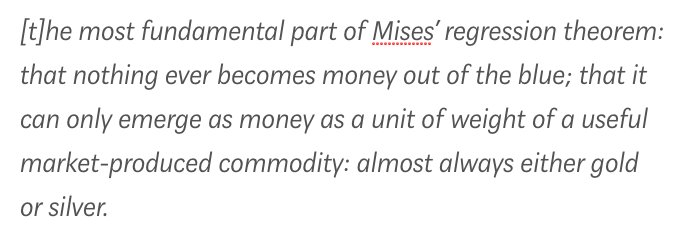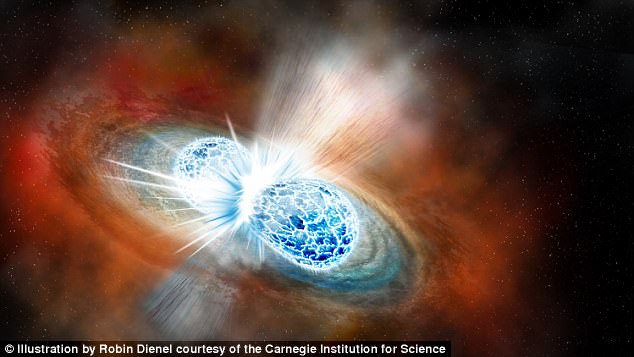1/ Scarcity seems like such a simple concept, but do we really understand it? Sometimes we need to reframe a concept before its full potential can be unlocked.
How was the concept of scarcity unlocked for the digital age?
How was the concept of scarcity unlocked for the digital age?
2/ At least as long ago as the 16th century, economists (in particular the Spanish School of Salamanca) understood that scarcity played a very important role in how money gained its value.
Money was more valuable where it was scarce, and less valuable where it was abundant.
Money was more valuable where it was scarce, and less valuable where it was abundant.
3/ The modern Austrian school inherited the mantle of "hard money" economics from the School of Salamanca and one might have imagined that Austrian economists would have been the first to anticipate and understand the emergence of #Bitcoin  .
.
Alas, it was not so. Why?
 .
.Alas, it was not so. Why?
4/ Murray Rothbard, the irrepressible student of the great Austrian economist Ludwig von Mises, even went so far as to assert that money can ONLY arise if it begins as a useful commodity, such as gold or silver. (c.f.: https://mises.org/library/complete-libertarian-forum-1969-1984)
5/ Ever since Rothbard's interpretation of the Misean regression theorem, the scions of the Austrian school have associate scarcity with the physicality of gold: It's real. It's tangible. It has intrinsic value. The intangible nature of Bitcoin completely befuddled many Austrians
6/ In the late '90s, Nick Szabo invented Bit Gold which was a critical step on the path to making digital scarcity possible. His invention was based on a brilliant reframing of the concept of scarcity as "unforgeable costliness".
7/ Instead of viewing scarcity in terms of a dearth of some physical substance, @NickSzabo4 imagined scarcity as the property of being expensive to produce and for this cost to be hard to fake - or said another way, easy to verify.
8/ We can see that this reframing of scarcity also applies to precious metals: it is extremely costly to produce gold - gold is the product of the cosmic collision of stars - and it's very easy to verify that something is in fact gold, and thus required massive energy to produce.
9/ With the new reframing of scarcity in mind we can then ask: in the digital realm, where most things seem easy to copy or inexpensive to churn out, how do we create something that requires a large cost to produce and whose cost is easy to verify?
10/ Adam Back made the ingenious leap in his invention of Hashcash in 1997. He recognized that hashing - the one-way transformation of arbitrary data into a fixed sized, essentially random, bit string - could be used to produce a digital signature that required energy to produce.
11/ Satoshi Nakamoto built on the ideas pioneered by Szabo and Back to create the first truly scarce digital good: bitcoins.
Nakamoto's invention would never have been possible without the reframing of the seemingly simple concept of scarcity.
Nakamoto's invention would never have been possible without the reframing of the seemingly simple concept of scarcity.

 Read on Twitter
Read on Twitter



